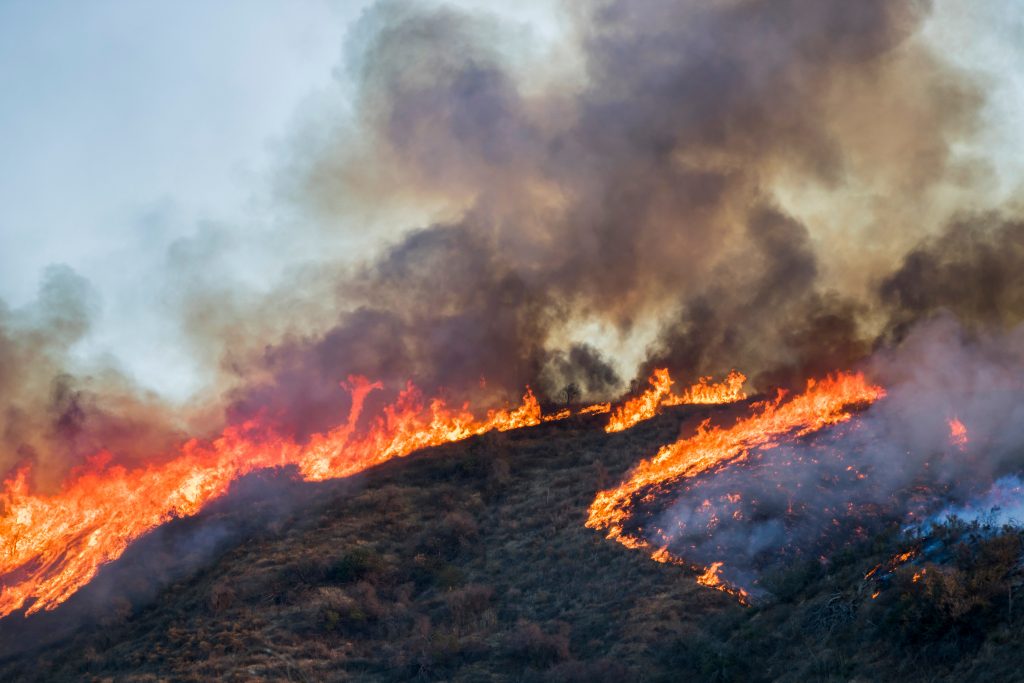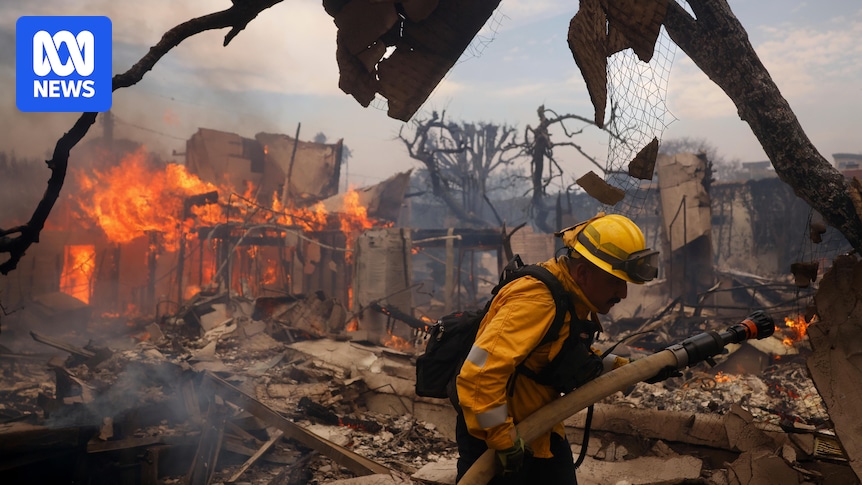The Gifford Fire, now officially classified as a “megafire,” is racing through California’s rugged terrain, as the largest wildfire of 2025 in the state. Find out more in the article below.
Escalation Amid Unforgiving Conditions
In early August, the wildfire already burned more than 104,402 acres by August 5, surpassing the preceding “Madre Fire” to become the largest of the season. Barely contained, the fire has continued its unchecked spread, particularly into remote wilderness areas like Garcia and Machesna Mountain.

Massive Response, Dire Stakes
California’s firefighting efforts have been immense—3,685 firefighters, 21 helicopters, 267 fire engines, 142 bulldozers, 98 water tenders, and 86 crews are all engaged in battling the blaze. Despite these resources, the fire’s destructive potential remains alarmingly high. The blaze has already injured three civilians and five firefighters, and has damaged two properties.
Evacuations, Threats, and Infrastructure Impact
Evacuation orders and warnings are in place across affected regions. Key roads—including State Route 166 from Santa Maria to Cuyama—are closed, and vast swathes of the Los Padres National Forest have been shut down to the public. Over 2,900 structures are threatened within the fire’s trajectory. Authorities remain vigilant, continuously reinforcing containment lines, especially around critical zones like the Garcia Wilderness and Madre Fire’s burn scar.
“Megafire” on the Rise with Climate at Play
A megafire—defined as a blaze surpassing 100,000 acres—signifies a dangerously intensifying trend in California wildfires, one increasingly shaped by climate change. The current blend of red-flag warnings, hot temperatures, and low humidity is creating extreme fire behavior that pushes containment strategies to the limit.
Outlook: Communities on Edge
With high pressure inland pushing temperatures into the 90s and reinforcing desiccated conditions, the Gifford Fire shows little sign of slowing. Suspended communities, wildfire crews, and emergency officials remain in a heightened alert state, emphasizing preparedness and swift evacuation via updates available through California’s ReadySLO.org and ReadySBC.org platforms. In summary, the Gifford Fire’s explosive growth—from its ignition on August 1 to breaching over 117,000 acres by August 10—underscores the rising peril of megafires in California. Fueled by extreme weather, dried vegetation, and unfavorable terrain, the blaze continues to challenge fire response efforts and endanger residents across Santa Barbara and San Luis Obispo counties.
Long-Term Consequences and Recovery Challenges
Even once the Gifford Fire is contained, the aftermath will present enormous recovery challenges. Burned hillsides in Los Padres National Forest and surrounding rural communities will face heightened risks of landslides, flash floods, and severe erosion—particularly during California’s winter rains. Utility infrastructure damaged by the fire will require months of repairs, leaving some residents without full services for extended periods. Ecologists warn of long-term ecological impacts, with many plant and animal species losing critical habitat. Recovery for certain wildlife populations may take decades, while invasive species could gain a foothold in fire-damaged areas.

Conclusion
Local economies, particularly those reliant on agriculture, tourism, and recreation, are also bracing for losses. Road closures and smoke-filled skies have already reduced visitor numbers and disrupted harvest schedules. Community leaders are calling for increased state and federal assistance to support both immediate recovery and long-term climate resilience strategies.

















